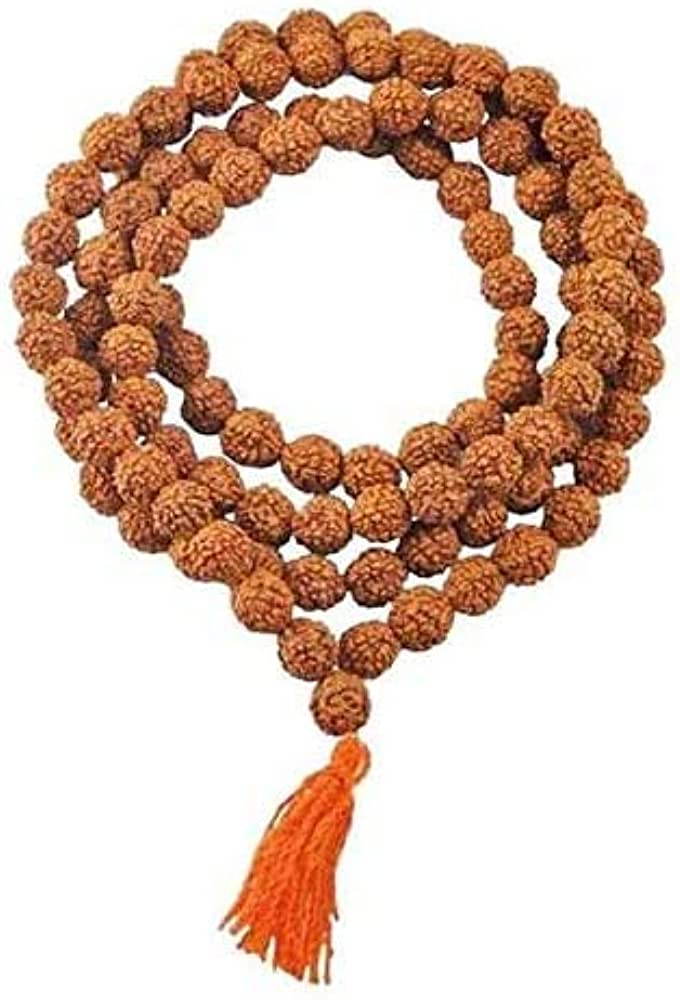Why Pranayam?
Why Pranayam?
At the time of Yagyopaveet Sanskar, the Acharya tells the child the process of Gayatri Japa and Pranayam. But due to the disappearance of traditions, the process of Pranayam has also disappeared in daily life. If the priest pronounces this word during any ritual and does not tell its method etc. then this action remains a mere formality.
Just as Prana is the basis of our life, in the same way Pranayam is very useful in maintaining the balance of body and mind. Without this, spiritual development in life is not possible. The most important benefit of Pranayam is- complete All-round development of the body. In exercise, the main role is of Prana, that is, air. The three most essential elements for the body are food, water and air. The importance of these three elements is gradually increasing. Without food, a man can survive for several weeks, but without air, it becomes difficult to survive even for two to four moments. Because the entire functioning of the body is based on breathing.
The air inhaled through the nose in the body first goes to both the lungs. There it comes in contact with the impure blood of the blood vessels. The impurities of the blood are destroyed by contact with Prana Vayu during breathing. The heat in the breath increases due to the hairline and long tube of the nose. It fills every vein of the lungs. The lungs are the lightest and most porous organ in the body. Due to this reason, it has maximum contact with air. During breathing, the lungs like a sieve absorb the impurities accumulated in the blood and throw them out in the form of air. But during this process, the air is not able to reach all the veins of the lungs. Due to this, the veins which are deprived of the contact of Prana Vayu, become weak after a few years and develop many diseases. But the practitioners of Pranayama do not suffer from lung diseases like Tuberculosis etc. This is why diseases which are considered incurable are being cured by Pranayama.
There are three stages in Pranayama - Purak, Kumbhak and Rechak. In the Purak stage, the breath taken by the lungs creates essential energy in the entire body in a few moments. This is why if one gets tired after working all day or after hard work, doing Pranayama six times continuously immediately energizes the body. The second stage of Pranayama is Kumbhak. In this, the breath is held inside, whereas in the third stage Rechak, the breath is exhaled. In Pranayama, the time of holding the breath gradually increases. The longer the breath of Pranayama, the more will be the progress in Pranayama.
An important benefit of Pranayama is mental development. Concentration of mind is achieved by going through various stages of Pranayama. For the success of any work, it is necessary that the mind is completely concentrated. But the nature of the mind is fickle, due to which external means to control it always fail. At such times, the only solution is to provide stability to the mind through Pranayama. After Pranayama, there are contemplation, meditation, Nididhyasan and Dhyana-Dharana The earlier stages are attainable. If there is perseverance in the initial stage of Pranayama, then in the final stage there is a state of Pranavijaya.
In Pranayama, at the time of Purak, meditate on Vishnu situated in the navel lotus, at the time of Kumbhak, on Brahma situated in the heart lotus and at the time of Rechak, on Shiva situated in Sahasrar. Some practitioners meditate on Brahma, Vishnu and Shivatmak Sadguru at all three times. In this way, while doing Pranayama, one gets the knowledge and realization of the three powers that cause the three states of the universe. Another benefit of Pranayama is that a kind of rhythm comes in the breathing. It is believed that God has given a certain number of breaths to the living being. In this way, a practitioner who regularly does Pranayama keeps using the number of breaths given by God for a longer time, due to which he lives a long life.


